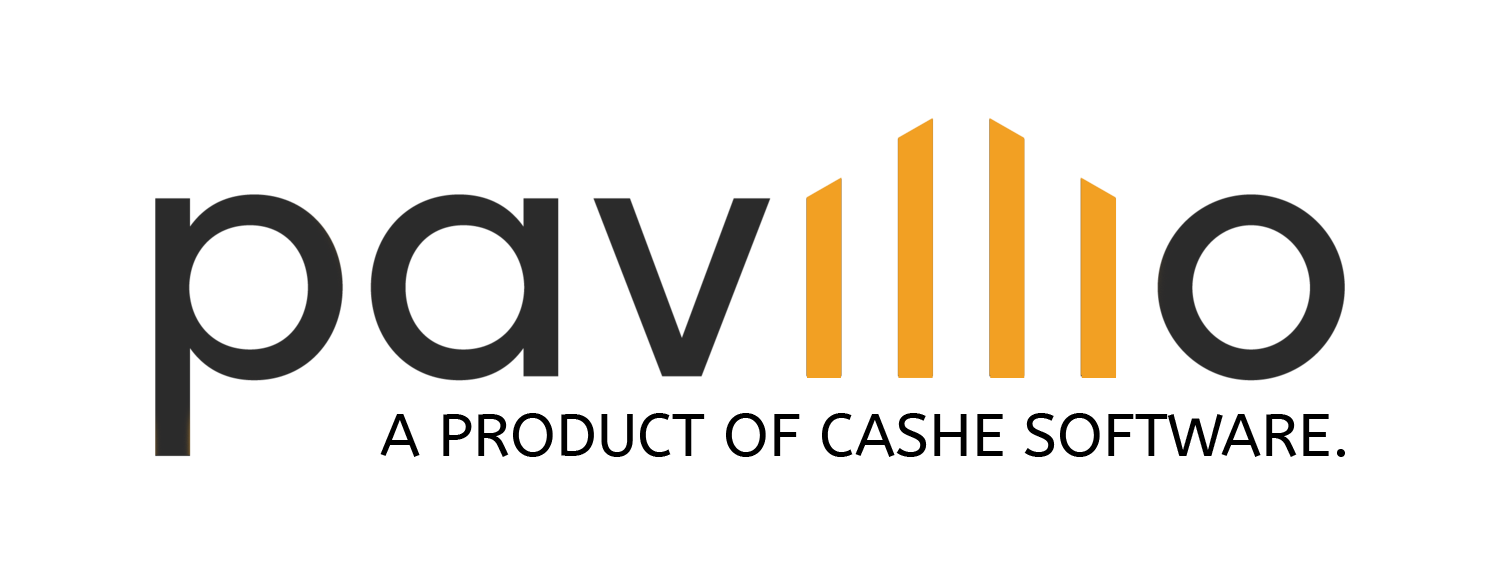The home care industry is undergoing a significant transformation, especially when it comes to time tracking and Electronic Visit Verification (EVV). Gone are the days of relying on paper timesheets and manual record-keeping. It’s time to shift to electronic timesheets to streamline operations and stay compliant with EVV regulations.
1. The need to shift to electronic timesheets
Before diving into electronic timesheets and EVV, it’s essential to understand the drawbacks of paper timesheets. Home care providers who continue to rely on traditional, manual tracking methods often face the following challenges:
- Inaccuracy: Paper timesheets are prone to errors, both intentional and unintentional, such as hours being recorded incorrectly or missing altogether.
- Lack of Transparency: It’s challenging to maintain transparency when using paper timesheets. Caregivers and clients have limited access to real-time data, making it difficult to ensure trust and accountability.
- Compliance Issues: As regulations evolve, paper timesheets may not meet the requirements set by healthcare authorities. This can lead to penalties or a loss of reimbursement.
- Time-Consuming: Managing paper timesheets involves a significant amount of administrative work, including data entry, verification, and reporting, which can be time-consuming and inefficient.
2. Making the transition from paper
Electronic timesheets offer a viable solution to the issues associated with paper-based time tracking.
When using a fully integrated platform like Pavillio, home care agencies are not only able to successfully adopt electronic timesheets and more effective time tracking, but the workflow and process is incorporated into their entire home care operations.
For example, Pavillio enables caregivers to track their time electronically with their timesheets reviewed and approved by clients and responsible parties. These timesheets are then reviewed by the home care and community services agencies to manage and submit claims – all of which happens directly in Pavillio.
They are designed to automate and streamline the process, providing several advantages:
- Accuracy: Electronic timesheets are more accurate as they reduce the risk of human error. Caregivers can clock in and out digitally, eliminating the need for manual calculations.
- Real-time Monitoring: eTimesheets provide real-time data, enabling clients and providers to monitor visits as they happen. This enhances transparency and accountability.
- Compliance: Electronic timesheets are compliant with EVV regulations, ensuring you meet the necessary requirements and avoid potential penalties.
- Time Efficiency: The automated nature of eTimesheets saves time for both caregivers and administrators. Data is recorded and processed automatically, reducing the administrative burden.
3. Preparing for EVV
As the EVV mandate becomes more widespread, home care providers need to take specific steps to ensure compliance:
- Understand State Requirements: Familiarize yourself with the EVV requirements in your state, as regulations may vary. This will help you align your practices with the relevant guidelines.
- Choose the Right Software: Select a fully automated and integrated software that suits your agency’s needs. Ensure that it integrates seamlessly with your existing systems and provides the necessary EVV features. Pavillio is the leading trusted choice among home care and community services agencies and fully integrates with state-backed EVV aggregators.
- Train Your Caregivers: Invest in comprehensive training for your caregivers to ensure they understand how to use the eTimesheet software and how EVV works. Check out our recent blog post on how to help prepare your team for EVV success.
- Maintain Data Security: Protect sensitive patient information by implementing robust data security measures, including encryption and access control.
- Monitor and Adjust: Continuously monitor the implementation of eTimesheets and EVV, and be ready to make adjustments as needed to ensure a smooth transition.
Moving Forward
The shift from paper timesheets to electronic timesheets is not just a matter of convenience; it’s a necessary step to prepare for EVV compliance. By embracing electronic time tracking, home care providers can improve accuracy, transparency, and efficiency while ensuring they meet regulatory requirements. As the home care industry evolves, it’s crucial to stay ahead of the curve, and electronic timesheets are a pivotal part of this evolution. Make the transition today and prepare for a more streamlined, compliant future in home care.
